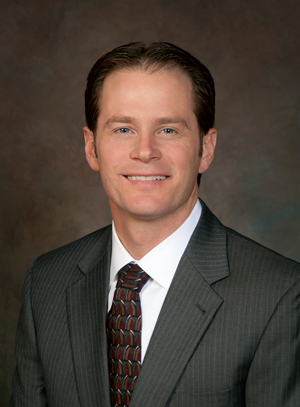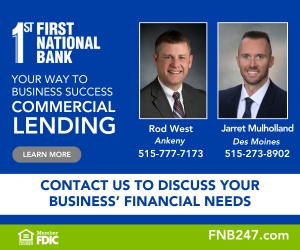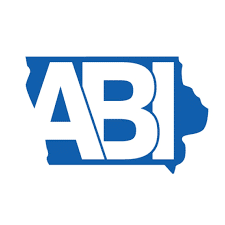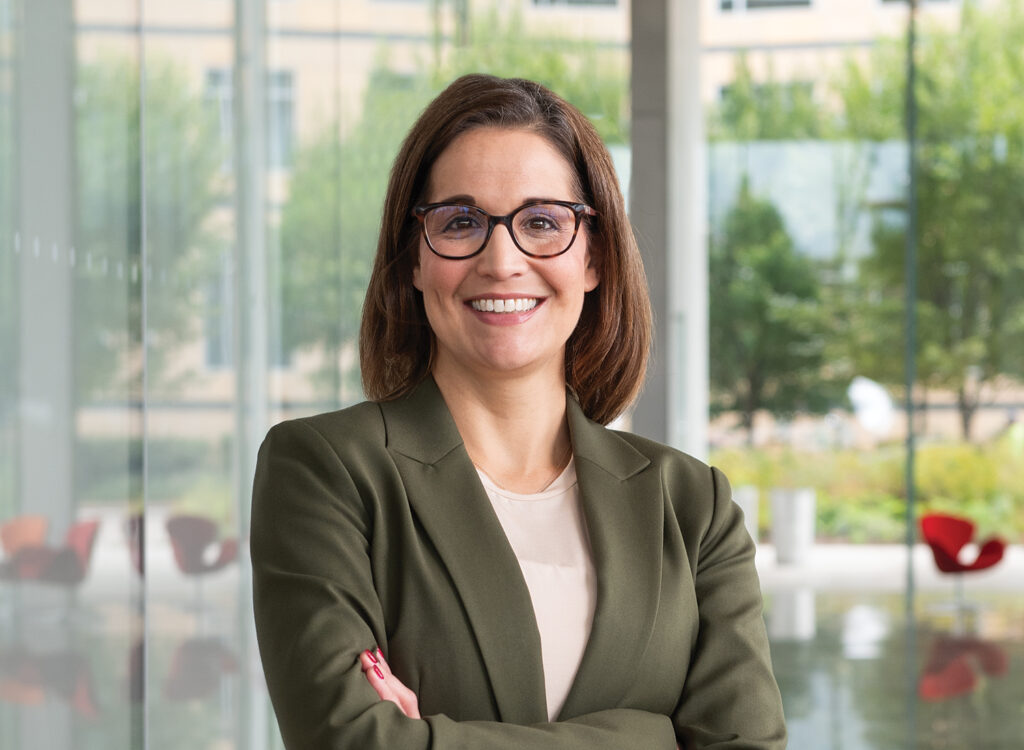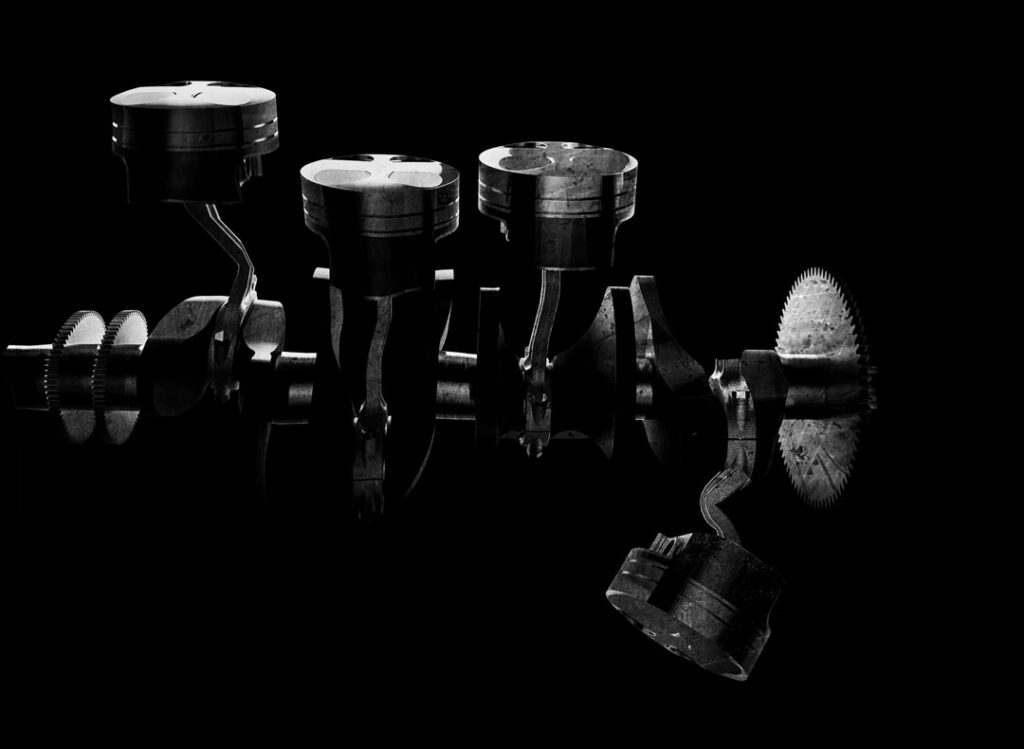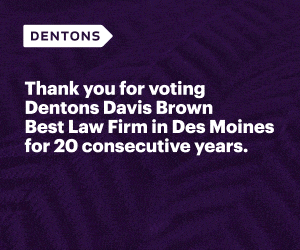A Closer Look: Jason Andringa
President and CEO, Vermeer Corp.

JOE GARDYASZ Sep 23, 2016 | 11:00 am
5 min read time
1,295 wordsBusiness Record Insider, ManufacturingJason Andringa’s close relationship with his grandfather, Vermeer Corp. founder Gary Vermeer, influenced him to pursue engineering as a career. Andringa joined his family’s company 11 years ago after a stint at NASA, and in November 2015 succeeded his mother, Mary Andringa, as president and CEO of the Pella-based manufacturing company. He began as an engineer at Vermeer and took on successively greater leadership roles before being named president and chief operating officer prior to transitioning to the CEO role. Although the company’s roots remain firmly planted in agricultural machinery, 80 percent of Vermeer’s business is now in industrial and construction equipment. Andringa’s goals for Vermeer include significantly increasing international sales and continuing to develop new products.
Tell me about your time with NASA.
As an undergrad in mechanical engineering, I co-oped — kind of an extended internship — for a year at Johnson Space Center in Houston. That was a terrific experience for me, and from there I decided to go to graduate school in aerospace engineering at MIT. Then I did work for the Jet Propulsion Laboratory for four years before coming to Vermeer. I had the opportunity to work on a bunch of different projects, but the one that’s most noteworthy now that I worked on — off and on — during the four years is the Curiosity Rover, which is now crawling around on Mars.
What have been your key experiences at Vermeer?
I’m currently in my sixth job at Vermeer, so I’m hoping they’ll let me stay in this job longer than my previous five. My first job was an engineering role; I helped bring in products for new markets for the composting and organic sorting markets. The second job was for me probably the most impactful of my experiences. I lived three years in the Netherlands, and I was responsible for our regional office that supports our customers and dealers in Europe, the Middle East and Africa. To me that was kind of my test run for “Do I really enjoy being responsible for something you can draw a boundary around?” — and I thoroughly enjoyed it.
What were your early experiences at the plant growing up?
My first memory is going in the winter with my grandfather; a portion of the building that is now HR was unfinished at the time, and he would practice inside with his bow and arrow. My grandfather also spent most of each summer the last 30 years of his life fishing in Canada. He took not only family and friends but also Vermeer employees for three-day fishing trips. Not only did I go up to Canada with him every summer for fishing, but when he got a little bit older I was his main pilot.
What influenced you to become an engineer?
I decided to major in engineering because that first summer up in Canada I built a cabin with (my grandfather), and he knew how to do everything and I didn’t know how to do anything. I thought, this guy is a naturally brilliant engineer, and I decided an engineering degree would be the best way to go to work for Vermeer. And seeing the original personality that founded this company, those will always be memories that I will cherish.
Biggest challenges you’ve faced in your first year as CEO?
It’s the volatility of the markets that we serve. When I was in my role in the Netherlands, that’s when the global recession of 2009 hit. I just really spent a lot of time trying to contain costs so that that entity remained profitable, and it did. Right now, we’re in the second year of a little bit of a downturn in sales. We hit our highest ever point in revenue in our fiscal year 2014, and declined a little bit in 2015 and we’re on pace to decline a little bit in 2016. Particularly our business outside the U.S., but also our businesses affiliated with commodity pricing, those markets have been fairly hard-hit.
Has Vermeer been able to avoid layoffs?
Vermeer has not had any layoffs since 2003. And in 2009 it would have been very tempting to do layoffs. Our competitors and most companies in the markets we serve did layoffs. But we knew from our experience in 2001-03 just what sort of toll that takes on a business. So in 2009 we decided we would do everything we could to avoid layoffs. We more or less set a goal that year to break even and when the tide turns we’d be better positioned to get back into a growing market, and that proved exactly to be the case. In 2010, 2011 and 2012, we grew 30 percent each of those years. So we essentially doubled in that time, and without laying anyone off, because when the work came back we were firing on all cylinders.
How involved is Vermeer in STEM education?
We’re big advocates of STEM. My mother and the lieutenant governor have co-chaired STEM efforts in the state of Iowa. Certainly when it comes to my background — I have two engineering degrees and worked in engineering before coming to Vermeer — I am a huge advocate for continuing to develop those skills in our workforce. We have about 40 interns every summer in engineering; we definitely are heavy on those STEM-related fields.
What’s Vermeer’s product mix currently?
It’s interesting because only about 20 percent of our business is affiliated with agriculture, that part of the business affiliated with my grandfather’s most iconic invention — the round baler. We continue to be very proud of that business, and it provides some diversity for our company. Eighty percent of the business is in the industrial or construction part of the business, and the biggest piece of that is in underground infrastructure — installing fiber optics, electrical, natural gas pipelines, water, sewer, etc. The next biggest piece of business is associated with processing organic waste — brush chippers, stump cutters, wood grinders.
How big have international sales become?
We’ve built it up to the point that international sales represented about 30 percent of our business. Over the last couple of years with the strength of the dollar, that has tapered down to about 20 percent. A few years ago we set the goal to have 50 percent of our sales outside the United States, and, frankly, that’s still the goal.
What sectors represent the highest growth potential overall?
Certainly there are some markets that we are exploring, some parallel markets that would provide some growth through new products to serve existing customers with new needs. Now that the dollar has stabilized, we want to start rebuilding our international footprint as well. I like to say it’s really going back to the foundation of the company in 1948 — our core competency is innovating high-quality niche products. So I think the future is bright in coming out with new products to propel us into future growth.
What trends are top of mind for manufacturers?
We continue to be optimistic about being a manufacturer in the United States. I think there was a period of time when companies felt they could be more effective operating outside the United States. We do have a small manufacturing footprint outside the United States, but I’m as convinced as ever that we can be a long-term, successful manufacturing company in the United States. And frankly, being based in Iowa, there’s no place we’d rather be than here. We have a terrific hardworking workforce, great values.
Vermeer Corp. – By the Numbers
Year founded: 1948
Size of Pella manufacturing operations: approximately 1.5 million square feet
Length of factory complex: 1 mile
Number of employees: more than 3,000
Customer reach: more than 60 countries
Source: Vermeer Corp.

